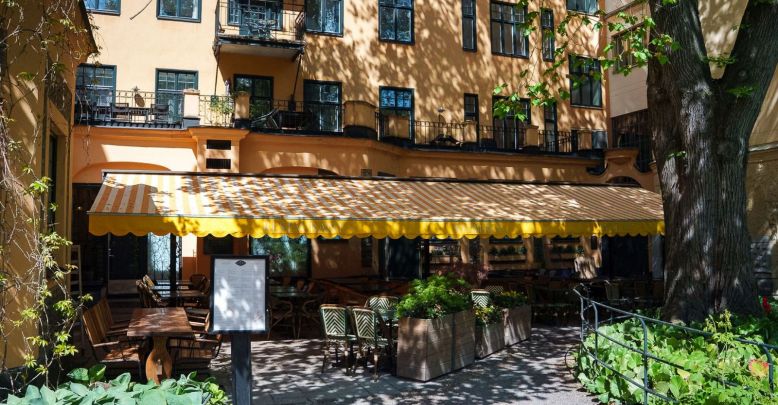- Home page
- Tourism
- Coming to Stockholm
- Practical advice
- Language
- Practical advice
- Coming to Stockholm
- Tourism
Language
Automatic translation
English is spoken very fluently by Swedes and at a good level. Everyone talks about it from the teenager to the seventies. Much of the television programming in Sweden is in English with subtitles, even for children. Call out to a Swede with a "Do you speak English?" and he will certainly answer you with a modest "Yes, a little bit" while mastering Shakespeare's language perfectly! It helps. If you speak English, you shouldn't have any trouble communicating.
Don't be surprised if a Swede approaches you to offer help when he sees you looking for you on your map or on your tour guide. Some will even try to educate you in French: France being a popular destination for Swedes, a good number of them know the basics of the language of Molière.
sponsored content
Discover the Swedish language
Social relations in Sweden are more direct and less formal than in France. Although not perceived as as warm as the Latins at first glance, the seriousness of the Swedes and their low-key nature does not prevent them from being approachable, sincere and humorous.
You can talk to everyone in Sweden, the address is rarely used. When you know the first name of your interlocutor, no need to use the terms of Mr. or Mrs., privilege the first name for a greater conviviality, similar to the Anglo-Saxon culture.
Short and powerful words form the basis of communication: Hey to approach or get in touch, Tack to punctuate a request or to thank.
Very few tourists speak Swedish, you will certainly be delighted by saying a few words during your stay in Stockholm. Swedish is a fairly easy language to access, once you understand a few basics. Here are some very common Swedish phrases to make a good impression:
- "God morgon": Hello / "God kvåll": Good evening
- "Hej": Hi
- "God eftermiddag": Good afternoon
- "Snälla": Please
- "Hej då": Goodbye
- "Nej": No / "Ja": Yes
- “Hur mår du?": How are you?
- "Tack": Thank you
- "Trevligt att träffas": Nice to meet you
- "Vad heter du?": What's your name?
- "Jag heter...": My name is...
- "Förlåt": I'm sorry
- "Talar du engelska": Do you speak English?
sponsored content
Lexicon of traditional specialties to be tested

Here is a gastronomic lexicon to help you discover Swedish culinary specialties and the main dishes to enjoy in restaurants during your stay in Stockholm:
- Coffee: Kaffe (pronounced kafè)
- Tea: te (pronounce té)
- Mineral water: mineralvatten
- Breakfast: frukost (pronounced freukost)
- Dish of the day: dagens rätt
- Takeaway: takeway
- korv med mos: the classic mashed sausage
- böckling: smoked mackerel
- gravad strömming: marinated Baltic herring
- gravlax: marinated salmon served with its sweet and sour sauce with mustard and dill
- grönkalssoppa: green cabbage soup
- gubbröva: minced onions, anchovies, hard-boiled egg and dill
- inlagd sill: marinated herring
- kräftor: crayfish
- räkor: shrimps
- räksallad: shrimp salad or räksmörgas: shrimp sandwich
- skagenröra: seafood mix
- Köttbullar med lingonsylt: meatballs with lingonberry jam
- Stekt strömming med potatismos och lingonsylt: fried herring with mashed potatoes and lingonberry jam
- Lax med färskpotatis och dillsås: salmon with new potatoes and dill sauce
- Kåldolmar med lingonsylt: cabbage rolls garnished with minced meat with lingonberry jam
- Rabarberpaj: rhubarb pie
- Kanelbulle: cinnamon bun
- Hallongrottor: raspberry cookies
- Våfflor med grädde och drottningssylt: Swedish waffles with cream and raspberry and blueberry jam
- Prinsesstårta: cake of whipped cream, vanilla cream and green marzipan
sponsored content
OUR OTHER CITY GUIDES IN EUROPE

